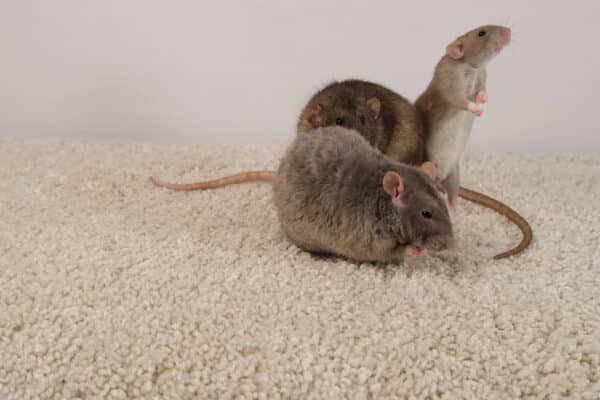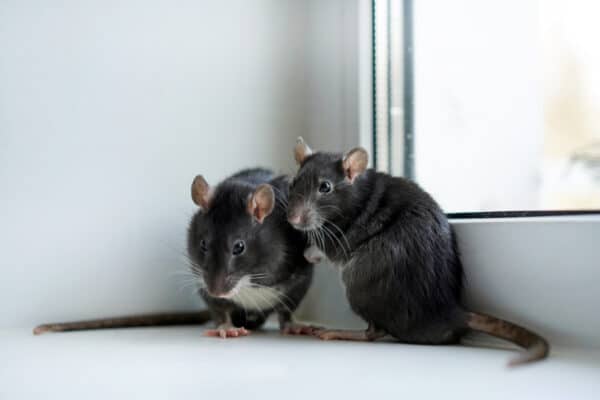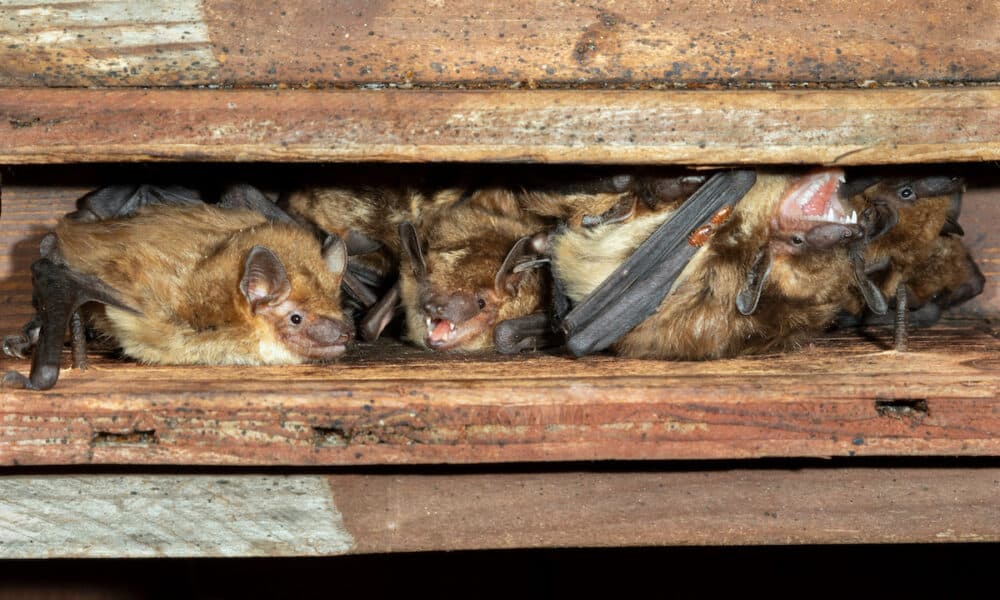
Bats play a vital role in our ecosystem because they help control insect populations and even aiding in pollination. However, when they create a roosting spot in your home, they can cause significant issues, from structural damage to health risks. When you understand why bats choose homes as a roosting spot, you can take proactive measures to prevent infestations.
In this article, we’ll explore the common reasons bats invade homes, the signs of an infestation, and how to keep them out for good.
Common Reasons Bats Invade Homes and Create a Roosting Spot
Bats seek out specific conditions when looking for a roosting spot. If your home provides these ideal conditions, it could become a prime target for a bat colony.
1. Shelter and Protection
Bats need a safe, dark, and enclosed space to roost during the day. Your attic, chimney, or even wall voids can provide the perfect shelter, which then can protect them from predators and harsh weather.
- Attics offer warmth and darkness, which then mimics natural caves.
- Chimneys provide a secure, enclosed space with minimal disturbances.
- Wall cavities allow for protection against larger predators such as owls and raccoons.
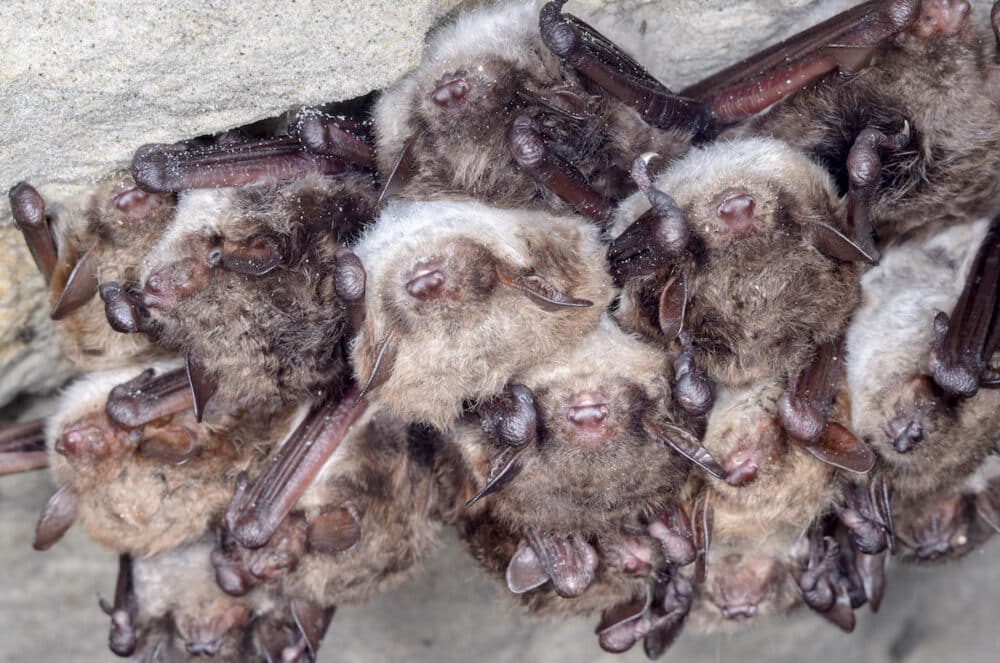
2. Consistent Warmth
Bats prefer warm environments, and homes provide excellent insulation. During colder months, attics and other secluded areas trap heat, making them an attractive winter roosting site.
- Homes with poor insulation may allow warmth to escape into attics.
- Heated spaces provide an ideal hibernation environment for bats in winter.
3. Easy Access Points
Even the smallest openings can allow bats to enter your home. They can squeeze through gaps as small as 3/8 of an inch, which then makes it easy for them to find a way inside.
- Unsealed roof edges or soffits.
- Loose shingles or siding.
- Open vents or chimneys without proper screening.
4. Nearby Food and Water Sources
If your home is close to a water source or has a high insect population, it becomes even more appealing to bats. Since they feed on insects like mosquitoes, moths, and beetles, an abundant food supply increases the likelihood of bats roosting nearby.
- Ponds, lakes, or swimming pools provide easy water access.
- Outdoor lighting attracts insects, which in turn attracts bats.
Signs of a Bat Infestation
When you recognize the signs of a bat infestation early, you can prevent damage and potential health risks. Here are some key indicators:
1. Strange Noises in the Attic
Bats are nocturnal, so you may hear rustling, scratching, or chirping sounds coming from your attic or walls at night.
2. Droppings (Guano) Accumulation
Bat droppings, known as guano, are a telltale sign of an infestation. They often accumulate near entry points and have a strong ammonia-like smell.
3. Stains Around Entry Points
Bats leave greasy, dark stains around small openings where they enter and exit the home. These marks are because of the natural oils on their fur.
4. Unusual Odors
A strong, musty odor from urine and droppings may develop if a colony has taken residence in your home.
5. Visible Bats
If you see bats flying in and out of your home around dusk, it’s a strong indication that they have found a roosting spot inside.
How to Prevent Bats from Picking a Roosting Spot in Your Home
Once bats have established a roosting spot, then it becomes challenging to remove them. However, taking preventive measures can help protect your home.
1. Seal Entry Points
Conduct a thorough inspection of your home’s exterior and seal any potential entry points.
- Close gaps in soffits, roof edges, and siding.
- Install chimney caps and cover vents with fine mesh.
- Repair broken screens and gaps around windows or doors.
2. Reduce Insect Populations
Since bats are drawn to areas with a high insect population, reducing available food sources can deter them.
- Turn off unnecessary outdoor lights at night to avoid attracting insects.
- Keep garbage cans sealed to minimize bug activity.
- Maintain your lawn and remove standing water where mosquitoes breed.
3. Use Bat Deterrents
Some deterrents can make your home less appealing to bats.
- Install ultrasonic bat repellers that emit high-frequency sounds.
- Hang bright lights in attics or known roosting areas.
- Use natural deterrents such as mothballs or essential oils (peppermint, eucalyptus) in problem areas.
4. Schedule a Professional Inspection
If you suspect bats have created a roosting spot your home, contacting a wildlife removal expert like Covenant Wildlife is the safest and most effective solution.
- Experts can safely remove bats without harming them.
- Professionals can identify all entry points and properly seal them.
- Proper exclusion techniques ensure that bats don’t return.
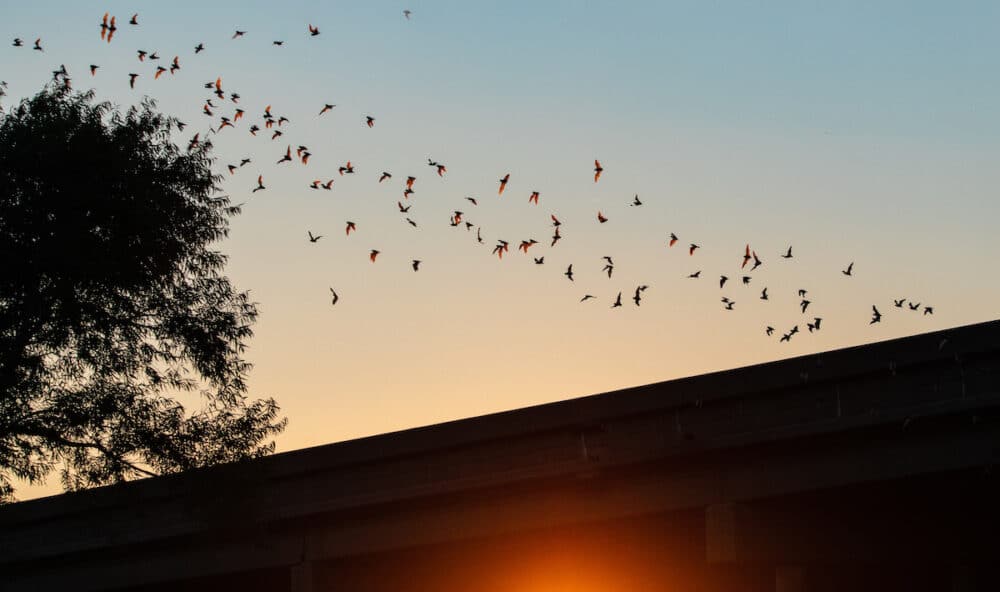
Why Choose Covenant Wildlife for Bat Removal?
At Covenant Wildlife, we specialize in humane bat removal and exclusion techniques so that your home stays bat-free. Our trained professionals will assess your home, safely remove any bats, and seal potential entry points to prevent future infestations.
- Safe and humane removal methods that comply with wildlife protection laws.
- Thorough home inspections to locate all possible entry points.
- Sealing and exclusion solutions to prevent re-entry.
- Ongoing support and recommendations for keeping your home bat-free.
If you suspect a bat infestation in your home, don’t wait for the problem to escalate. Contact Covenant Wildlife today for professional bat removal services and expert prevention solutions!
Final Thoughts
Bats are essential to the ecosystem, but they shouldn’t pick a roosting spot inside your home, attic, or anywhere else you may run into them. By understanding why they choose certain homes as roosting spots and taking proactive measures, you then can protect your home and ensure these beneficial creatures find a more suitable habitat. If you need help dealing with bats, Covenant Wildlife is here to provide safe and effective solutions tailored to your needs.


